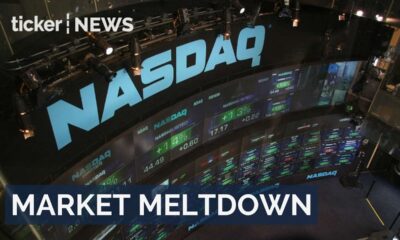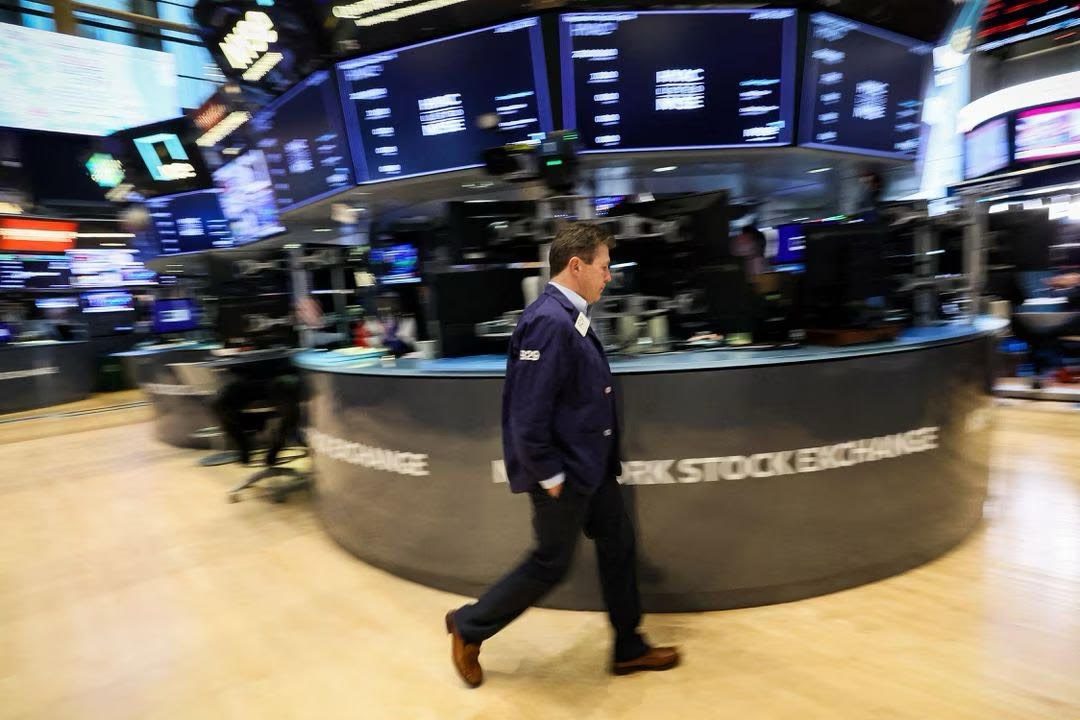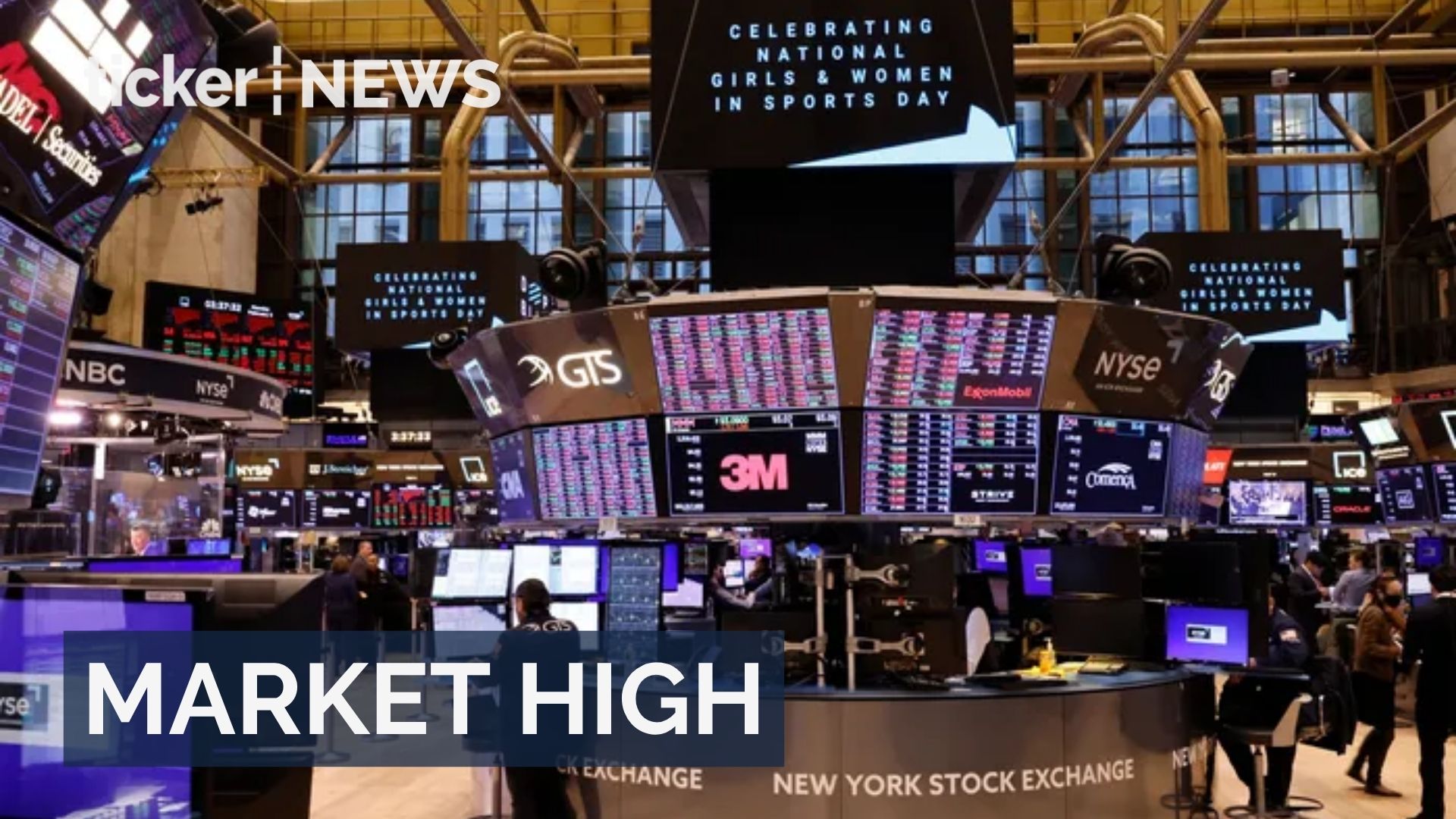Money
Markets are on a winning streak, so why is Tesla struggling?


Money
Are we in an AI bubble or just a market reality check?
Tech stocks falter as AI boom faces reality; market shifts towards gold amidst growing investor caution.
Money
Inflation rise reduces chances of Reserve Bank rate cut
Inflation spikes, drastically reducing chances of a Reserve Bank rate cut amid economic pressures and rising costs
Money
Wall Street hits record highs on low inflation
Wall Street hits record highs on cool inflation and strong earnings ahead of key Federal Reserve interest rate decision
-



 Tech5 days ago
Tech5 days agoTech giants’ $47 billion AI infrastructure deals announced
-



 Leaders4 days ago
Leaders4 days agoAI Baby Sleep Help: How Technology Is Changing Parenting
-



 Money3 days ago
Money3 days agoAre we in an AI bubble or just a market reality check?
-



 News4 days ago
News4 days agoNasdaq sell-off deepens amid AI stock concerns
-



 News5 days ago
News5 days agoRussia strengthens ties with China following Trump-Xi meeting
-



 News3 days ago
News3 days agoBetoota’s fake $34.5 million Sportsbet deal sends media Into meltdown
-



 News4 days ago
News4 days agoThis may be the AI market correction, according to traders
-



 Ticker Views5 days ago
Ticker Views5 days agoCoalition’s primary vote plunges to record low and One Nation surges to record high in Newspoll










